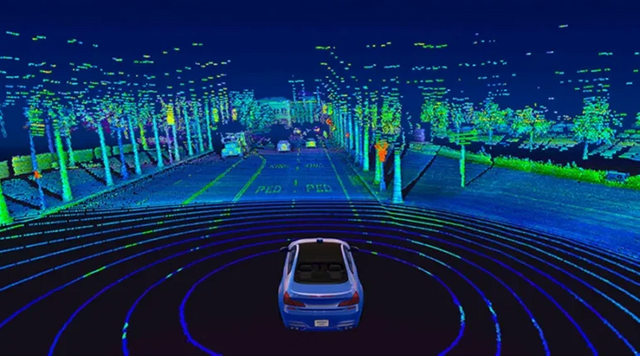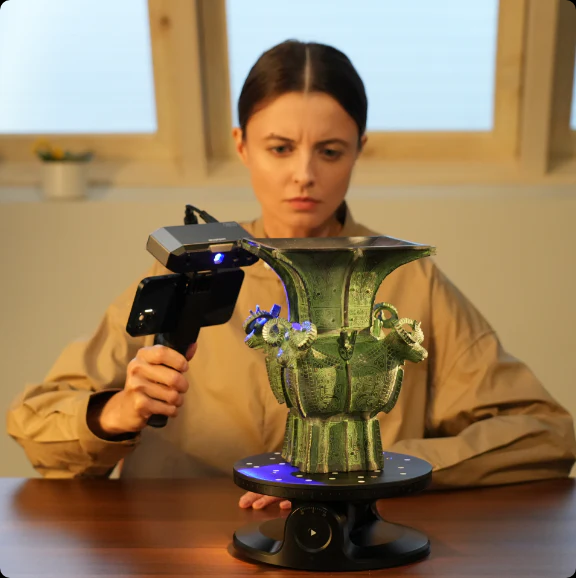Is LiDAR the same as 3D scanning?
While LiDAR (Light Detection and Ranging) and 3D scanning both generate three-dimensional data, they differ significantly in terms of technology, application areas, and accuracy. Understanding these differences can help users choose the right tool for their specific needs.
Different Principles
LiDAR uses laser ranging, emitting laser pulses and detecting their return time to calculate distance and create point cloud data. This technique excels in measuring large-scale environments. In contrast, 3D scanning relies on technologies like structured light, laser scanning, or multi-angle photography to capture fine surface details. Structured light scanning, for instance, focuses on high-resolution detail capture, distinguishing it from LiDAR in terms of detail accuracy.
Application Differences
LiDAR is widely used in large-scale outdoor applications such as autonomous vehicle navigation, terrain mapping, and urban planning. It’s capable of capturing extensive areas quickly, making it suitable for broader regions with lower detail requirements. Meanwhile, 3D scanning is ideal for high-precision, close-range applications such as industrial inspection, artifact preservation, and medical modeling. It can capture fine surface details and textures, creating high-resolution 3D models.

Precision Comparison
3D scanners generally offer higher precision than LiDAR, especially for capturing detailed features of smaller objects, achieving accuracy down to millimeter or even micrometer levels. This makes it suitable for detailed modeling of complex structures. LiDAR, on the other hand, usually operates at centimeter-level precision, prioritizing overall distance measurement accuracy over fine detail capture.
How to Choose the Right Technology
LiDAR is well-suited for large-scale mapping, particularly in outdoor settings, making it ideal for navigation and geographic data collection. In contrast, 3D scanning excels in high-precision model creation and is widely applied in manufacturing and medical modeling. If your project requires capturing fine details of small objects, a 3D scanner would be more appropriate; however, if you need to quickly measure a large area without requiring extreme detail, LiDAR is the more economical choice.

https://www.revopoint3d.com/collections/3d-scanners
LiDAR and 3D scanning each have their strengths: LiDAR is best for large-scale, lower-detail measurements, while 3D scanning is ideal for smaller, high-precision modeling. The choice ultimately depends on the specific application and accuracy requirements—LiDAR is better suited for urban mapping and autonomous navigation, whereas 3D scanners are recommended for industrial, archaeological, and medical fields.